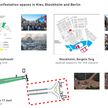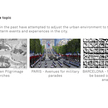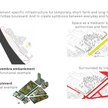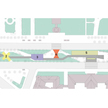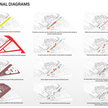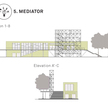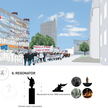IGORS MALOVICKIS / BA Thesis / 2015 / Functional adaptation of temporary, long-term and short-term infrastructure within Brīvības Boulevard in the context of manifestations, rituals and festivities
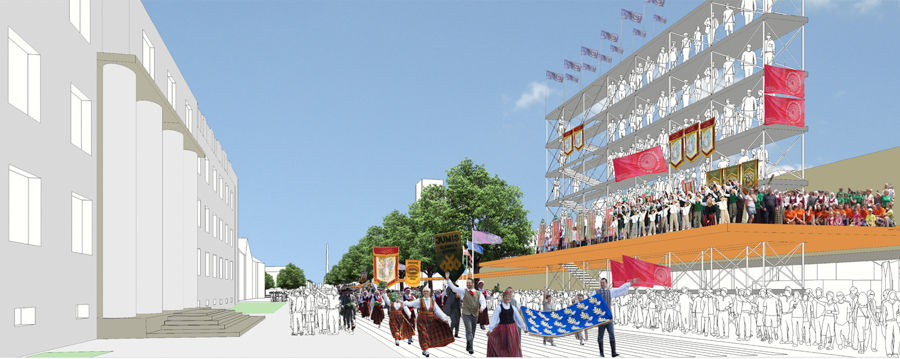
Theoretical part: Urban environment and parliament as a tool for public manifestation in Riga, in comparison with different cases in the region / Supervisor: Mg. art. Inga Karlštrēma
Practical part: Functional adaptation of temporary, long-term and short-term infrastructure within Brīvības Boulevard in the context of manifestations, rituals and festivities / Supervisor: Mg. arh. Oskars Redbergs
Due to increasing public and civic activity in society, today’s cities are often unable to adequately accommodate various short-term and longterm events within their urban environment and are therefore not capable of meeting many of their inhabitants’ needs. When thoroughly analysing spatial aspects and human behavioural patterns during public events, it can be concluded that participants require a number of things to conduct these actions, such as the freedom to gather, wi-fi, the presence of the media, interaction, organisation, endurance and temporality, public safety, hygiene, and healthcare. Once the basic needs of participants were analysed, the most popular event sites were investigated as well. Brīvības Boulevard was selected as a testing site for spatial intervention due to its inability to properly function during public events. The intervention mechanism proposes to activate a Control Station, an Aid Station, a Command Post, a Receiver, a Mediator and a Resonator, each of which would react to specific elements of the site and allow short-term events to function effectively.

